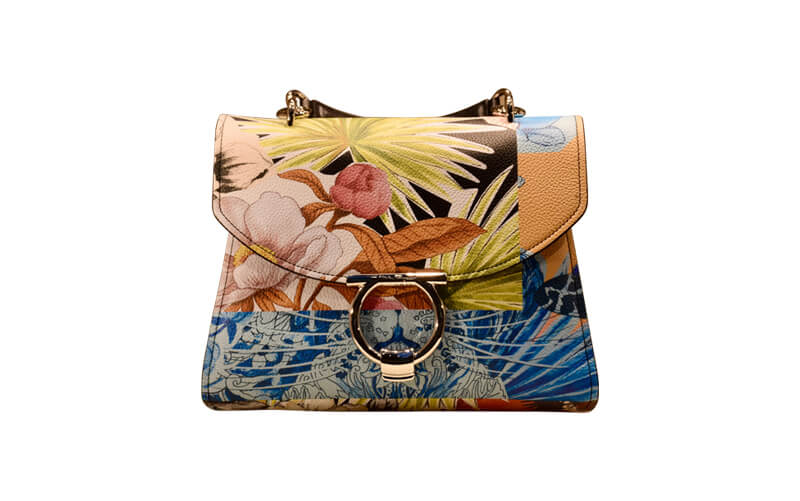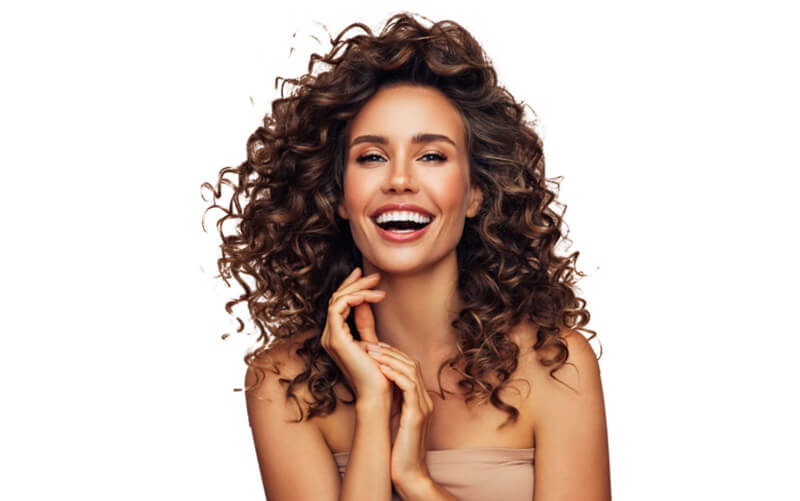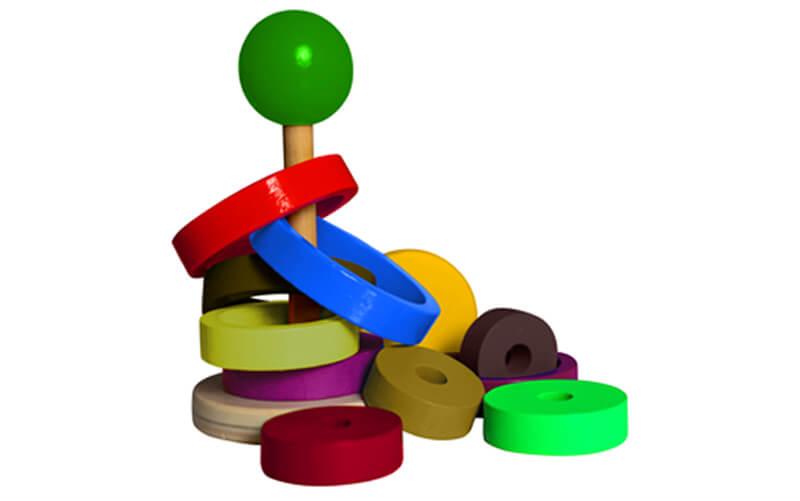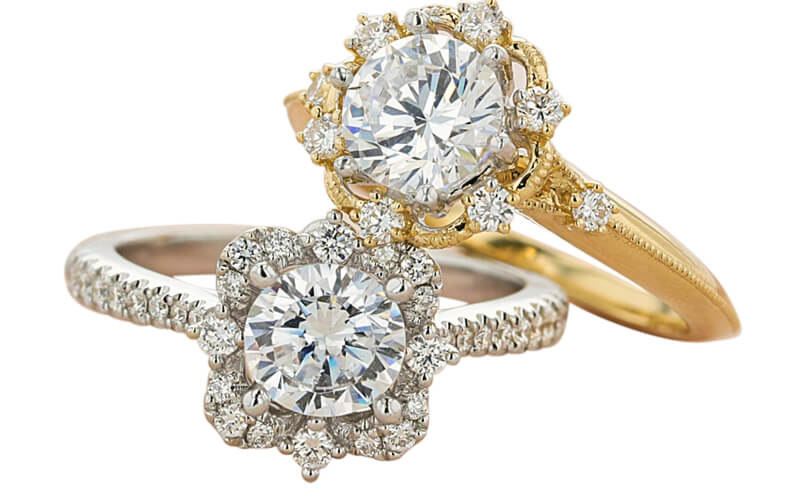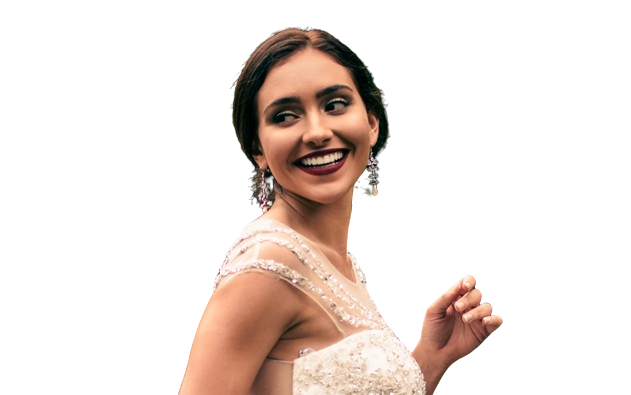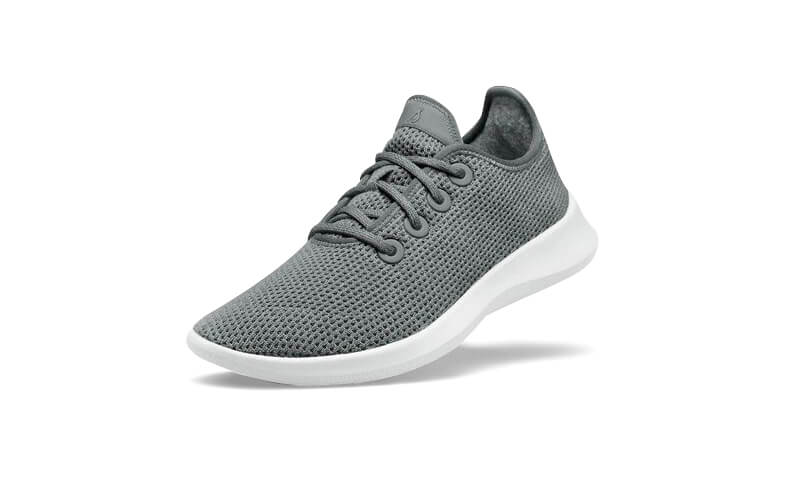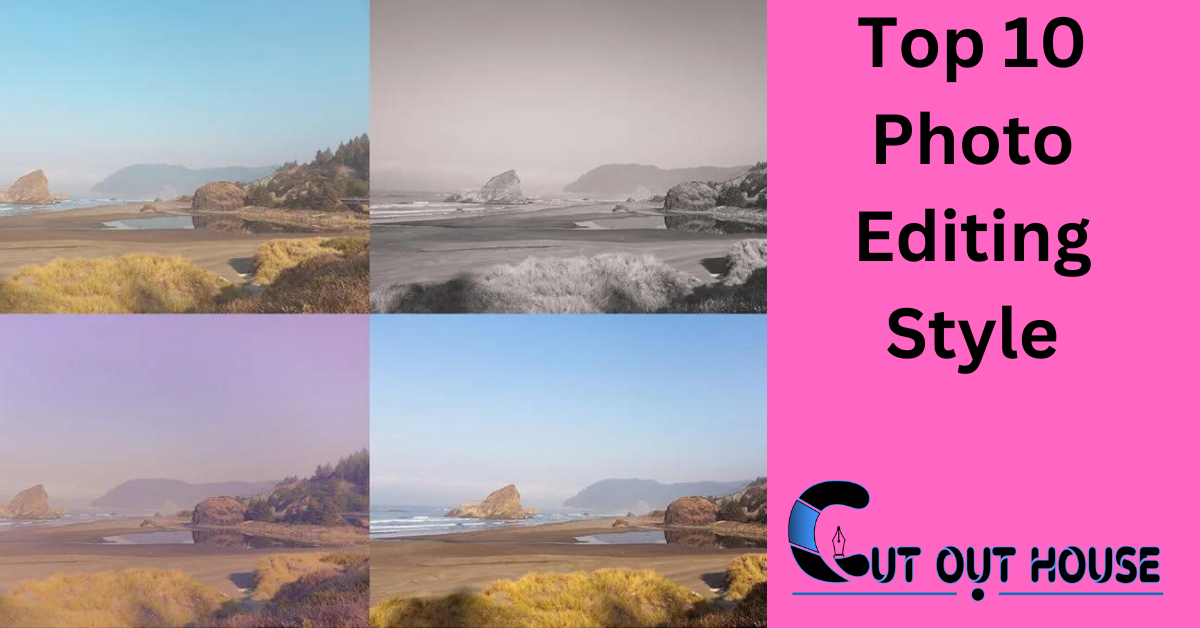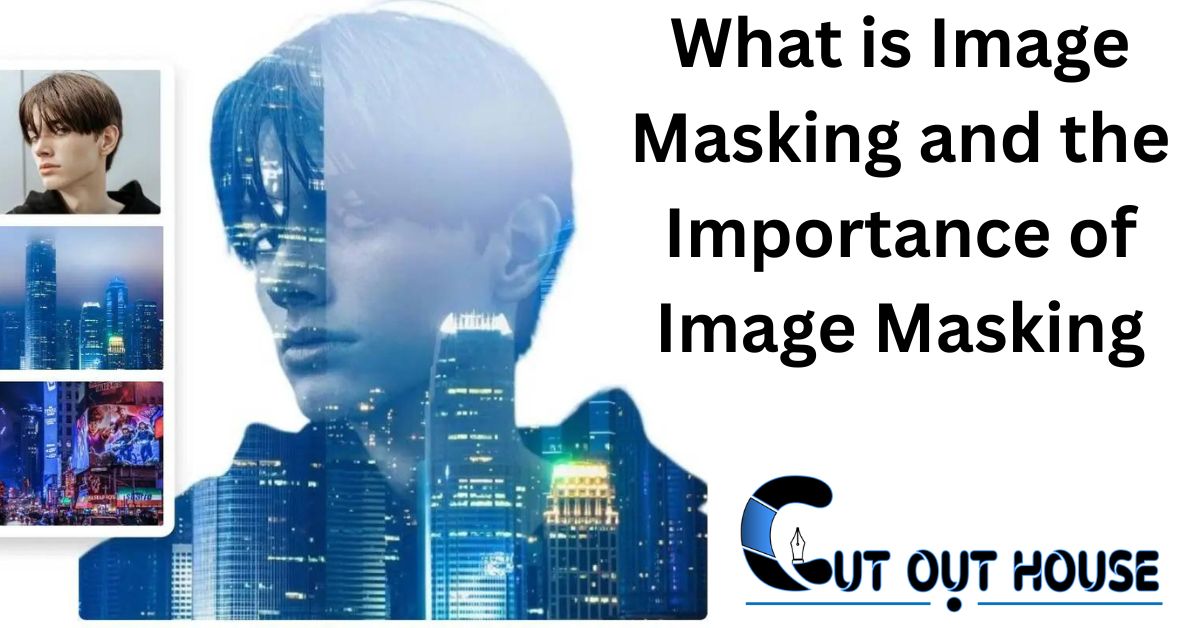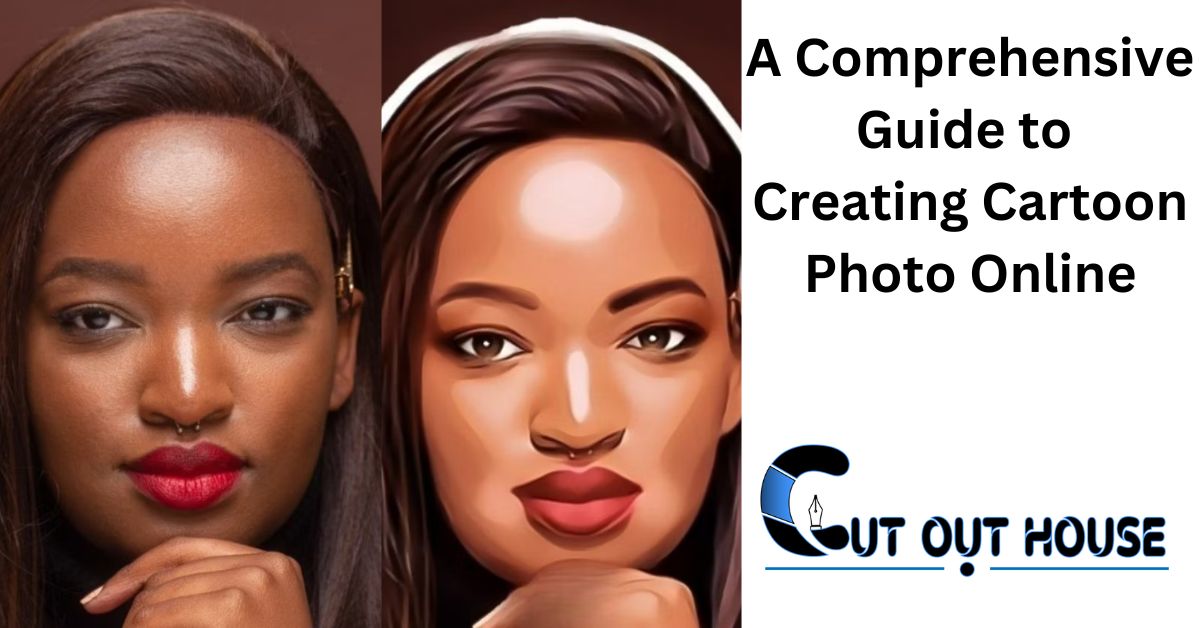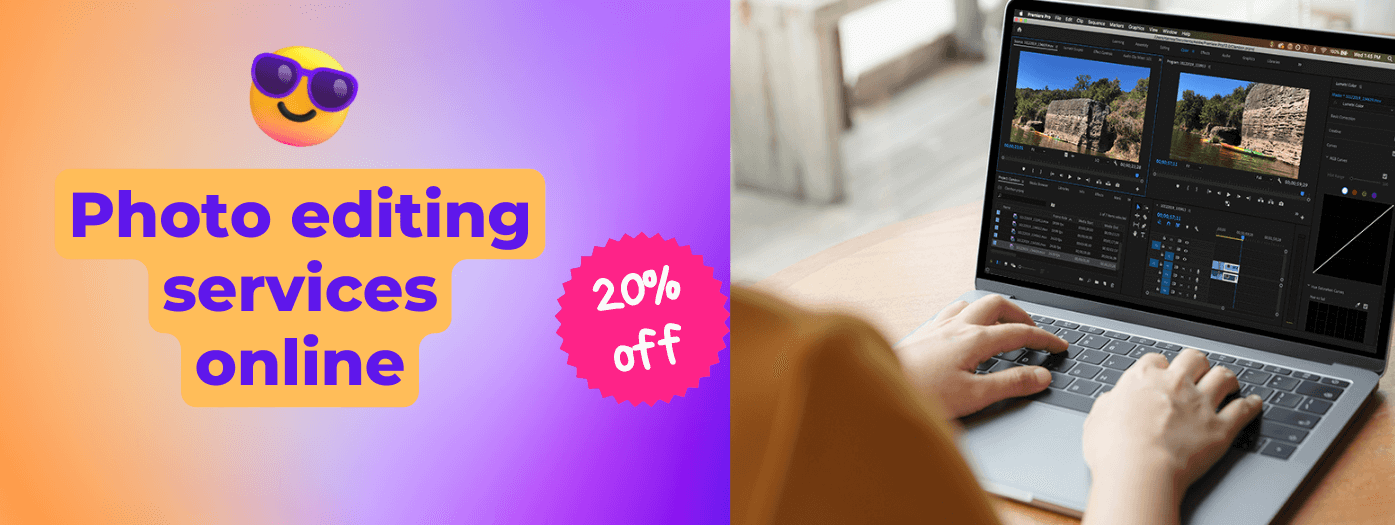If you’re like most people, you probably take a lot of photos—especially during the summer. But if you have dark underarms, those photos might not look as good as they could. Thankfully, there are ways to edit your photos to improve their appearance. In this blog post, we’ll share some tips on how to do that. […]
Can I Edit a GIF in Photoshop | Cut Out House
Ghost Mannequin Photography Tips – Cut Out House
For e-commerce, the significance of first impressions couldn’t possibly be more significant. The pictures of your product act as the virtual customer-facing façade for your online store, making them a basic component in the buying choice. Ghost mannequin photography, also known as invisible or hollow mannequin photography, is a technique that can help you display […]
Corporate Event Photography and Tips -Cut Out House
Corporate Event Photography is pivotal in the world of business, serving as a hub for networking, knowledge sharing, and celebrating milestones. Capturing the essence of these gatherings falls on the capable shoulders of corporate event photographers. To thrive in this field, photographers must go beyond conventional techniques and delve into the intricacies of documenting corporate […]
Top 10 Photo Editing Style – Cut Out House
Photography isn’t just about catching minutes. It’s likewise about changing them into enrapturing fine arts through altering. Altering styles in photography have developed fundamentally throughout the long term, offering a different scope of opportunities for photographic artists to investigate. From timeless classics to contemporary trends, let’s delve into the top 10 photo editing styles. Classic […]
What is Image Masking and the Importance of Image Masking-Cut Out House
In the domain of expert photography and picture altering, there exists a strong method that frequently slips everyone’s notice the undeveloped eye Image Masking. This exceptional cycle assumes an essential part in upgrading the quality and visual effect of photos, guaranteeing that the last picture satisfies the high guidelines requested by the business. In this […]
A Comprehensive Guide to Creating Cartoon Photo Online-Cut Out House
Creating Cartoon Photo Online has gained immense popularity as it allows individuals to convert their regular images into fun and imaginative pieces of art. Thanks to technological advancements, anyone can achieve this creative effect without any artistic skills or specialized software. This article provides a detailed, copyright-free guide on how to create cartoon photos online, […]
How to Repair a Damage Photo? -Cut Out House
Photos have a remarkable capacity to catch minutes and recollections that we hold dear. Unfortunately, a variety of factors, including aging, light exposure, humidity, and improper handling, can cause these photographs to deteriorate over time. Fortunately, you can figure out how to fix a harmed photograph with the right instruments and methods. We’ll walk you […]
Cut Out House: A Leader in Commercial Photo Editing Services
Are you in need of high-quality photo editing services for your commercial photography projects? If so, you’ll want to take a closer look at the team of experts at cutouthouse. We offer a wide range of photo editing services that are designed to meet the needs of photographers and businesses alike. With more than 10 years of […]
Top photo editing service online | Best recommendation for photographers
You are a photographer? Do you know about photo editing? What if you don’t have time to do it yourself about photography? If you’re not experienced in photo editing software? That’s where photo editing service online come in. There are now a huge number of online services that offer quick and easy photo editing. Most […]


